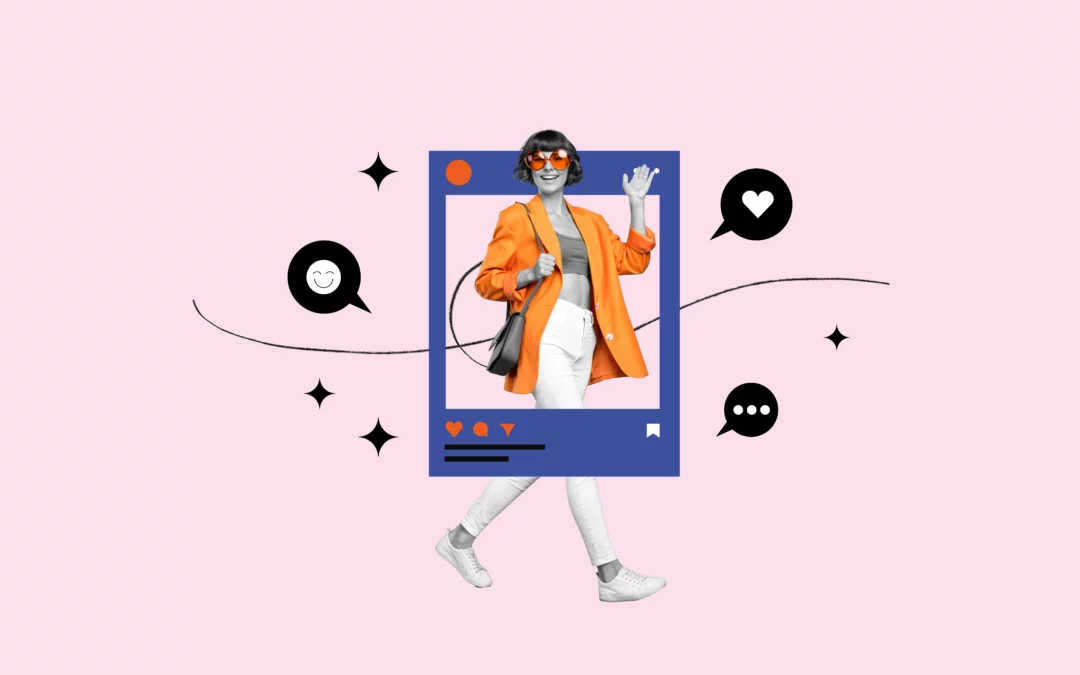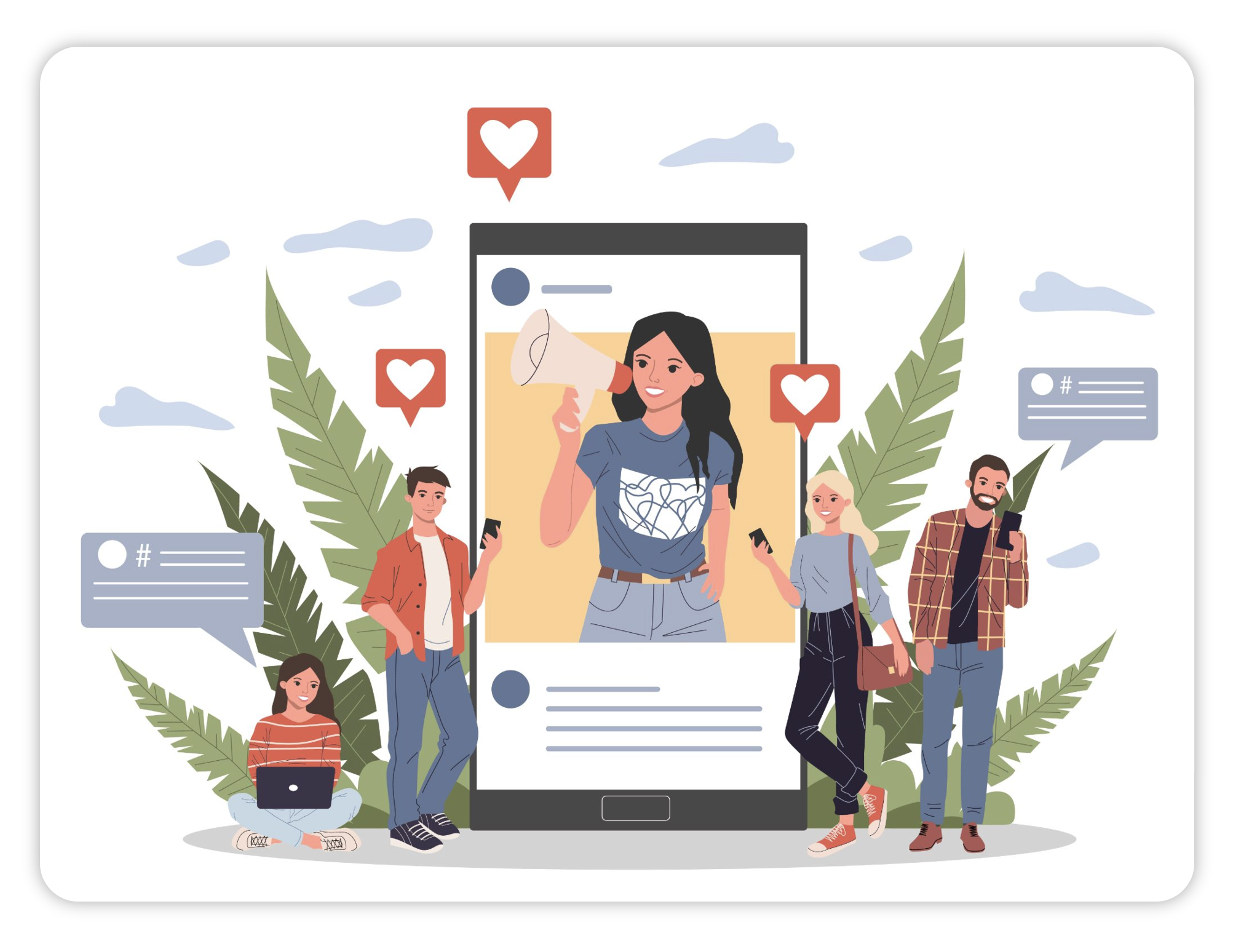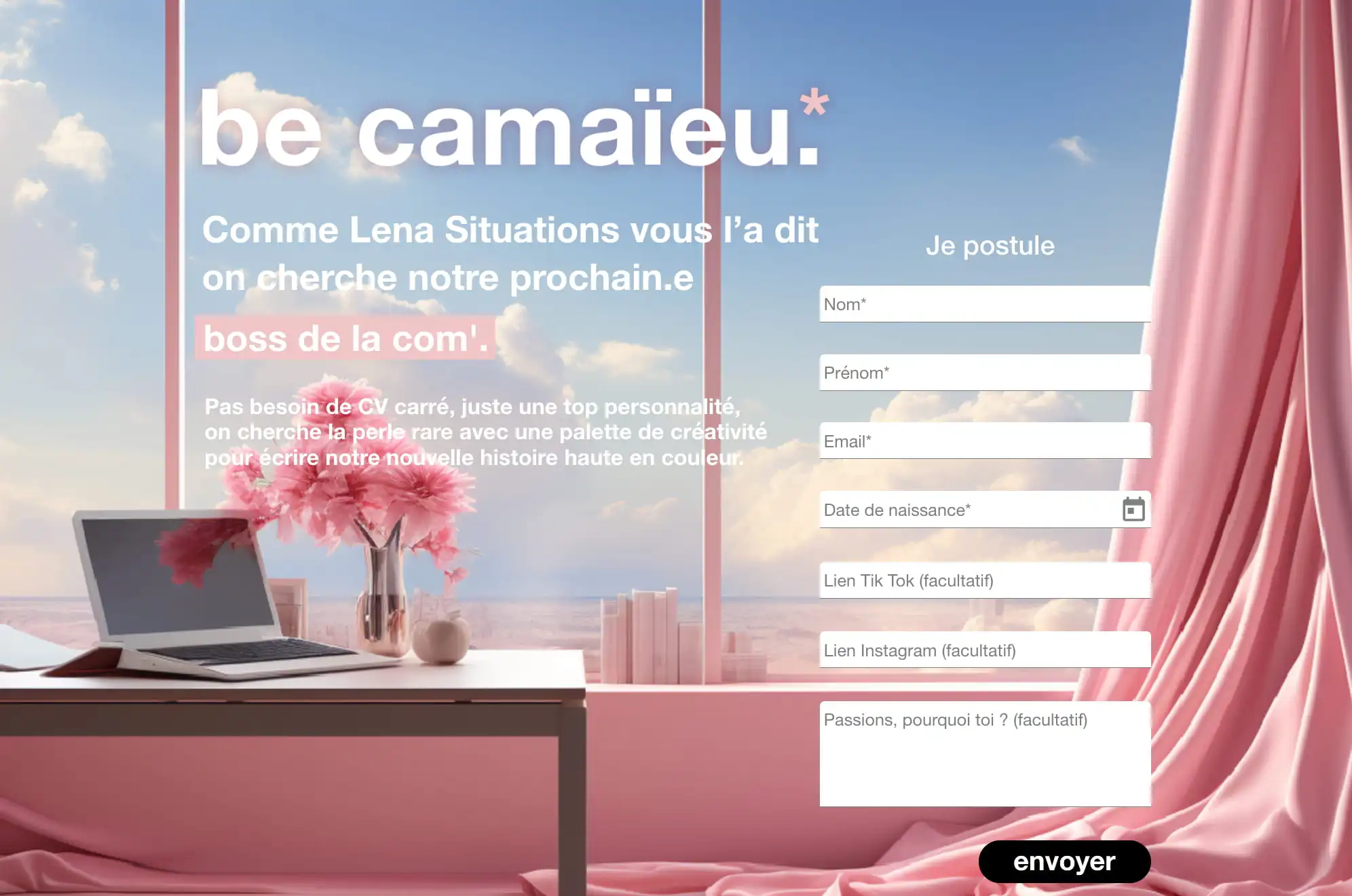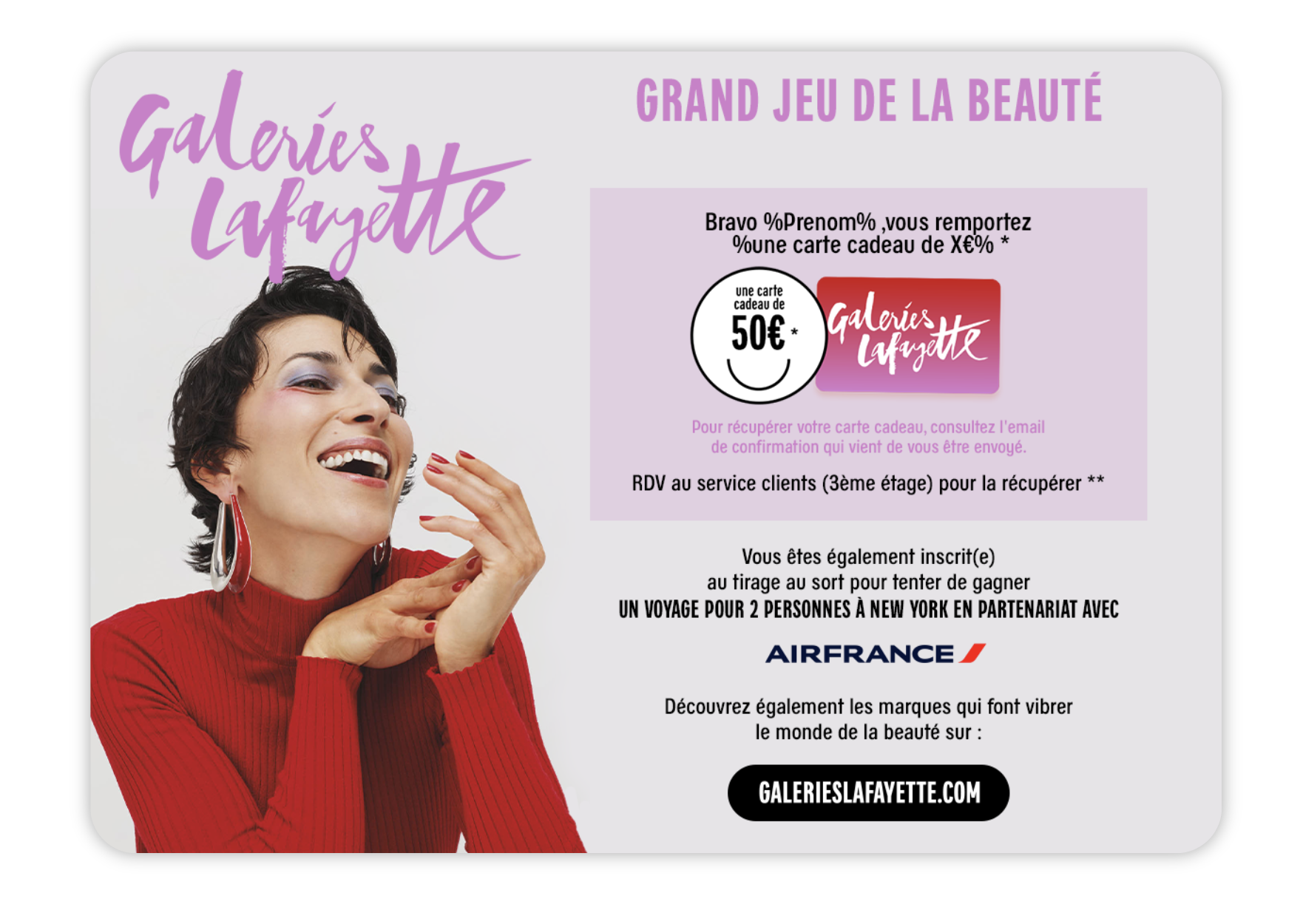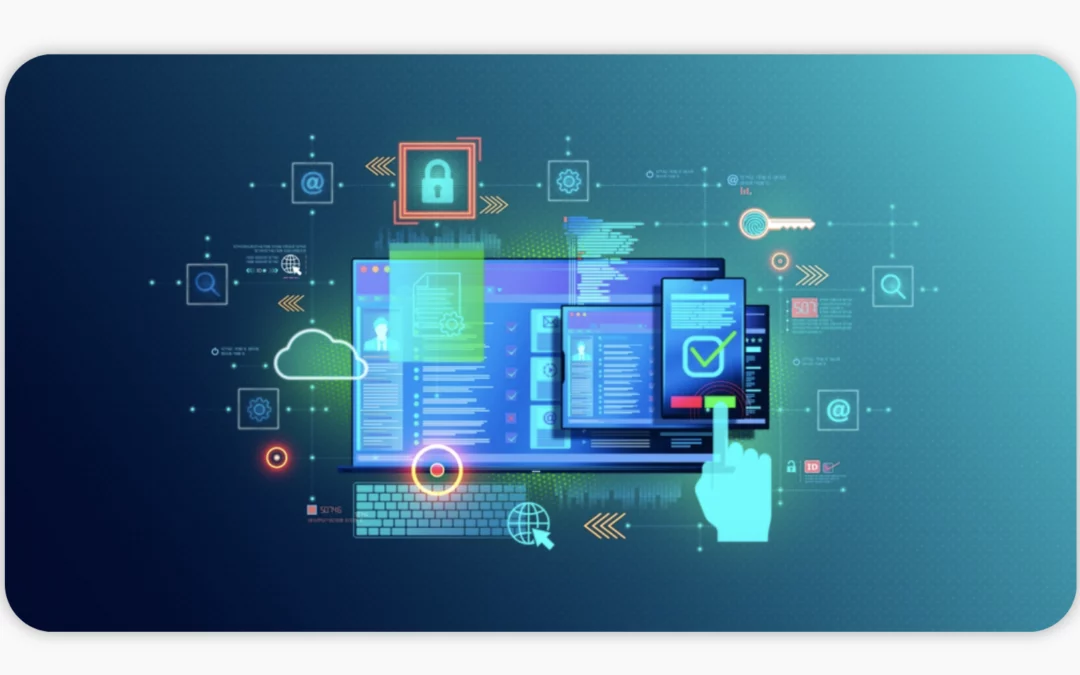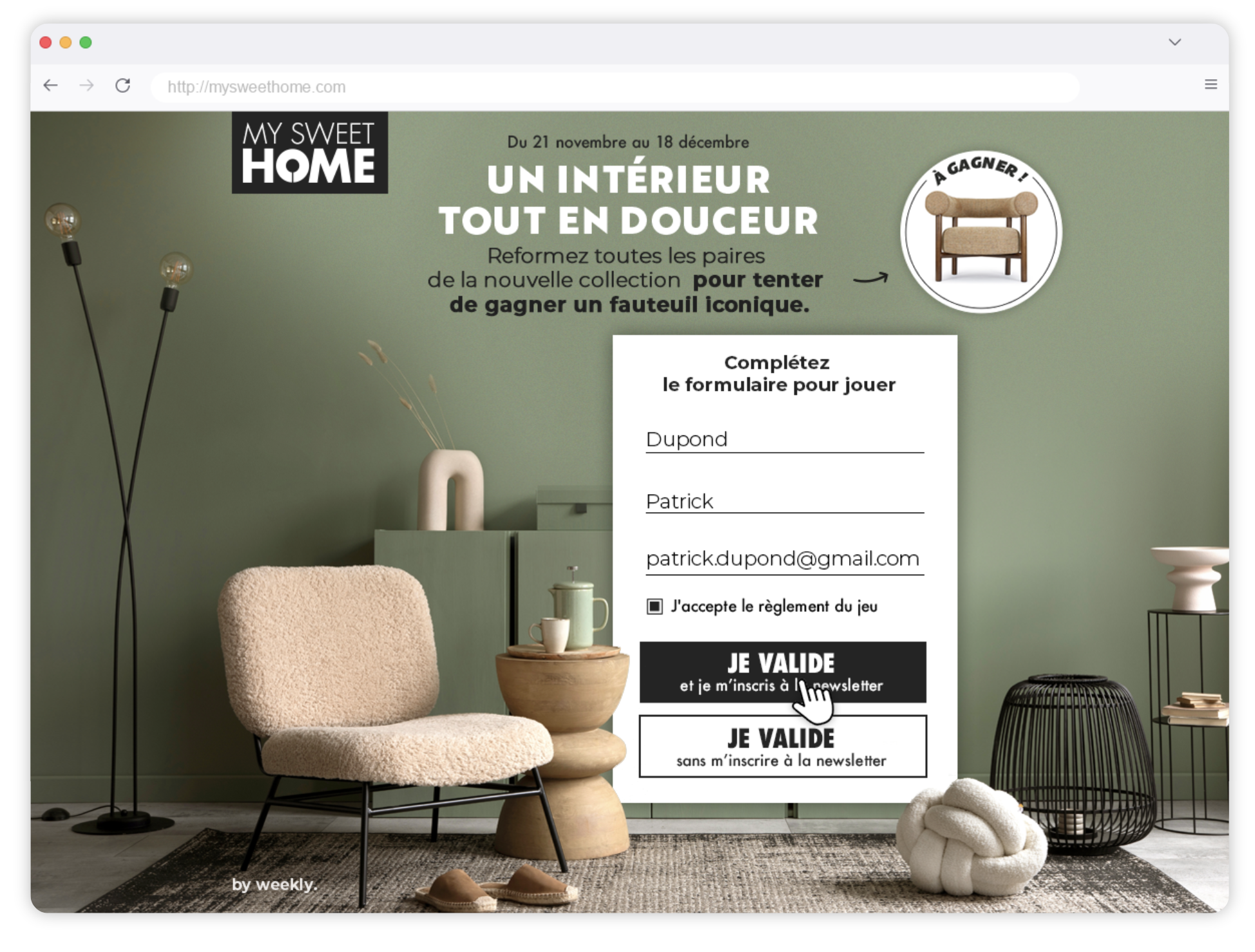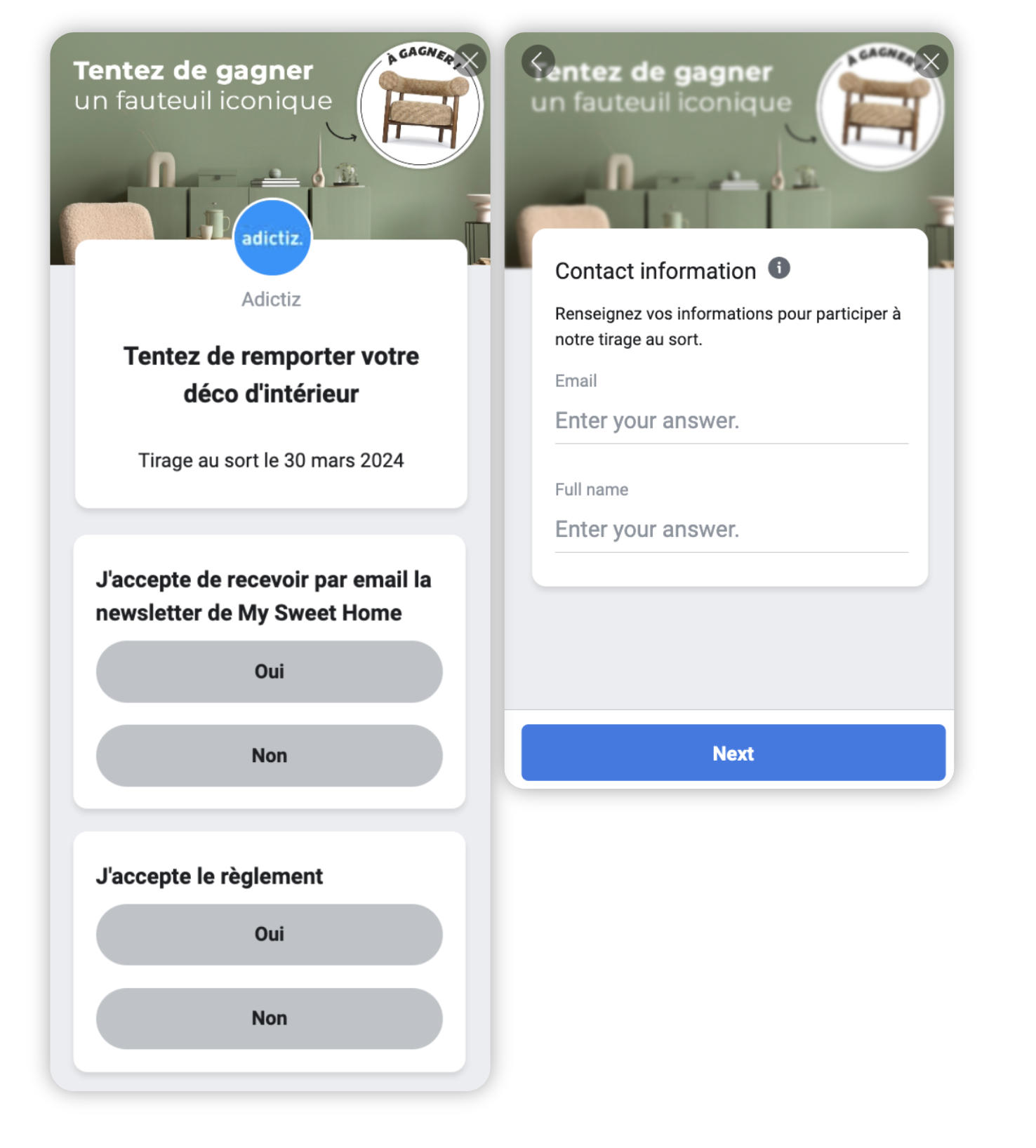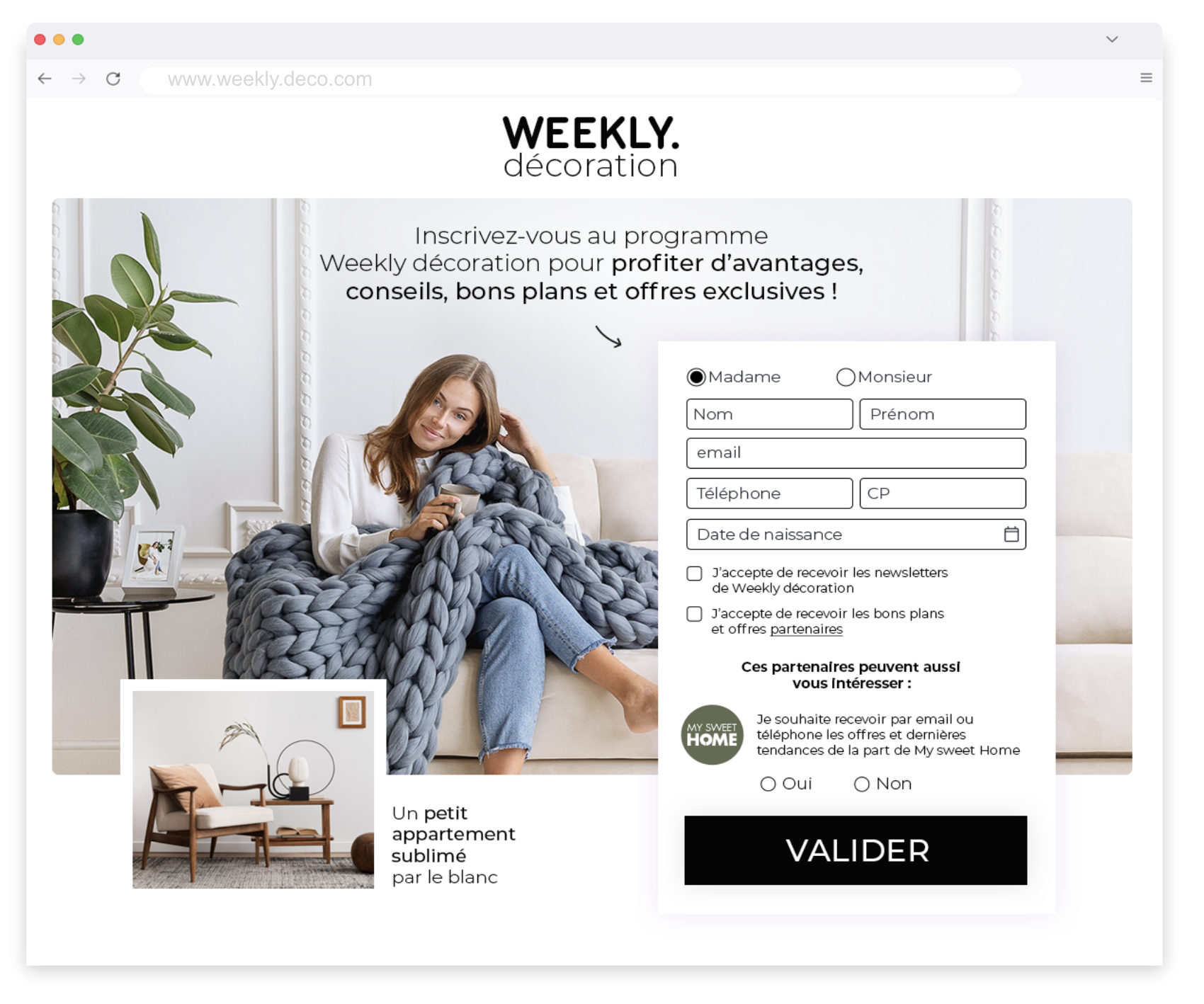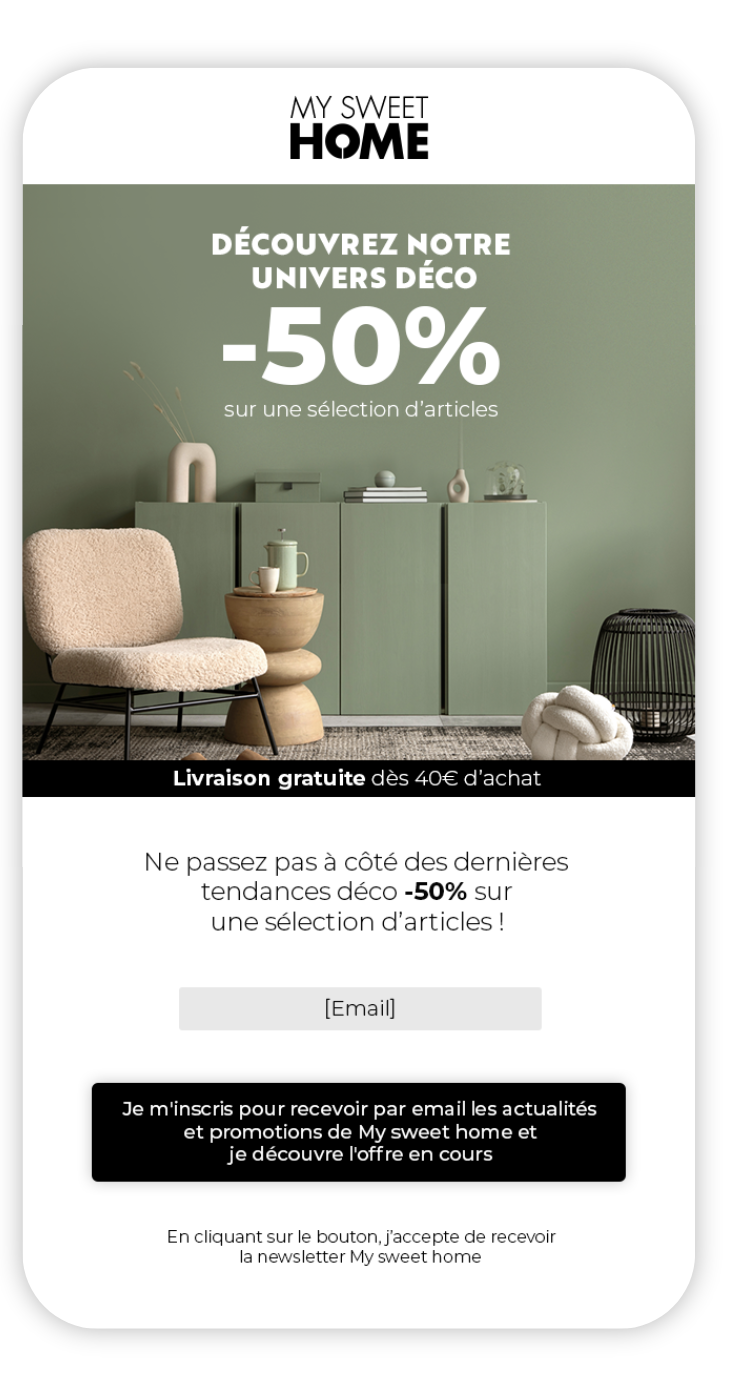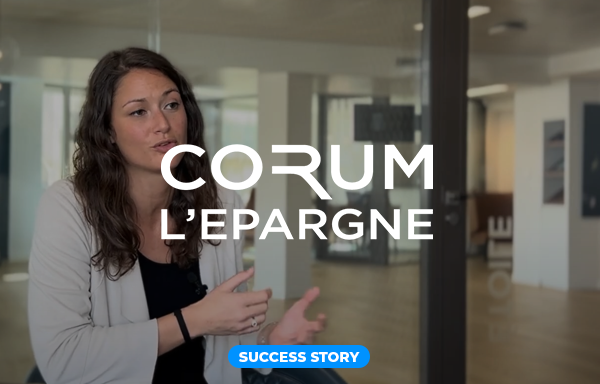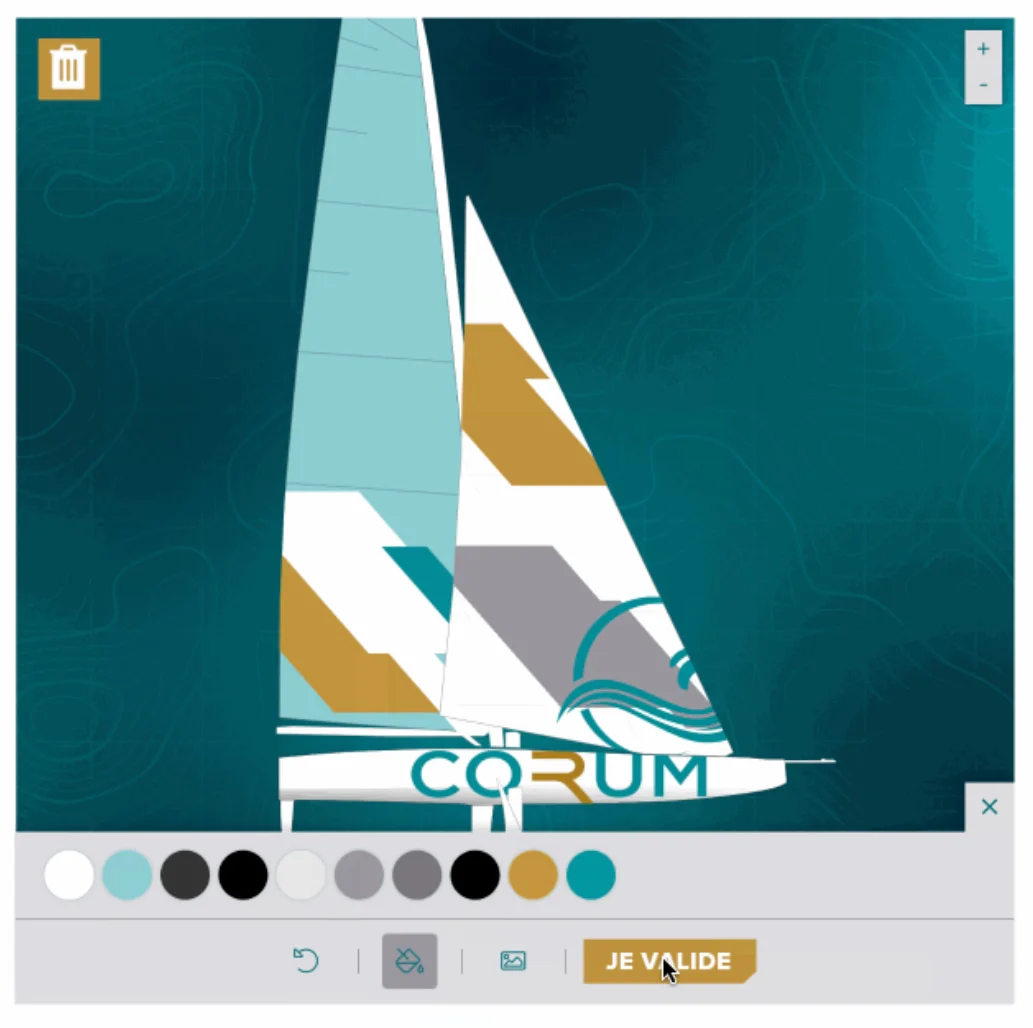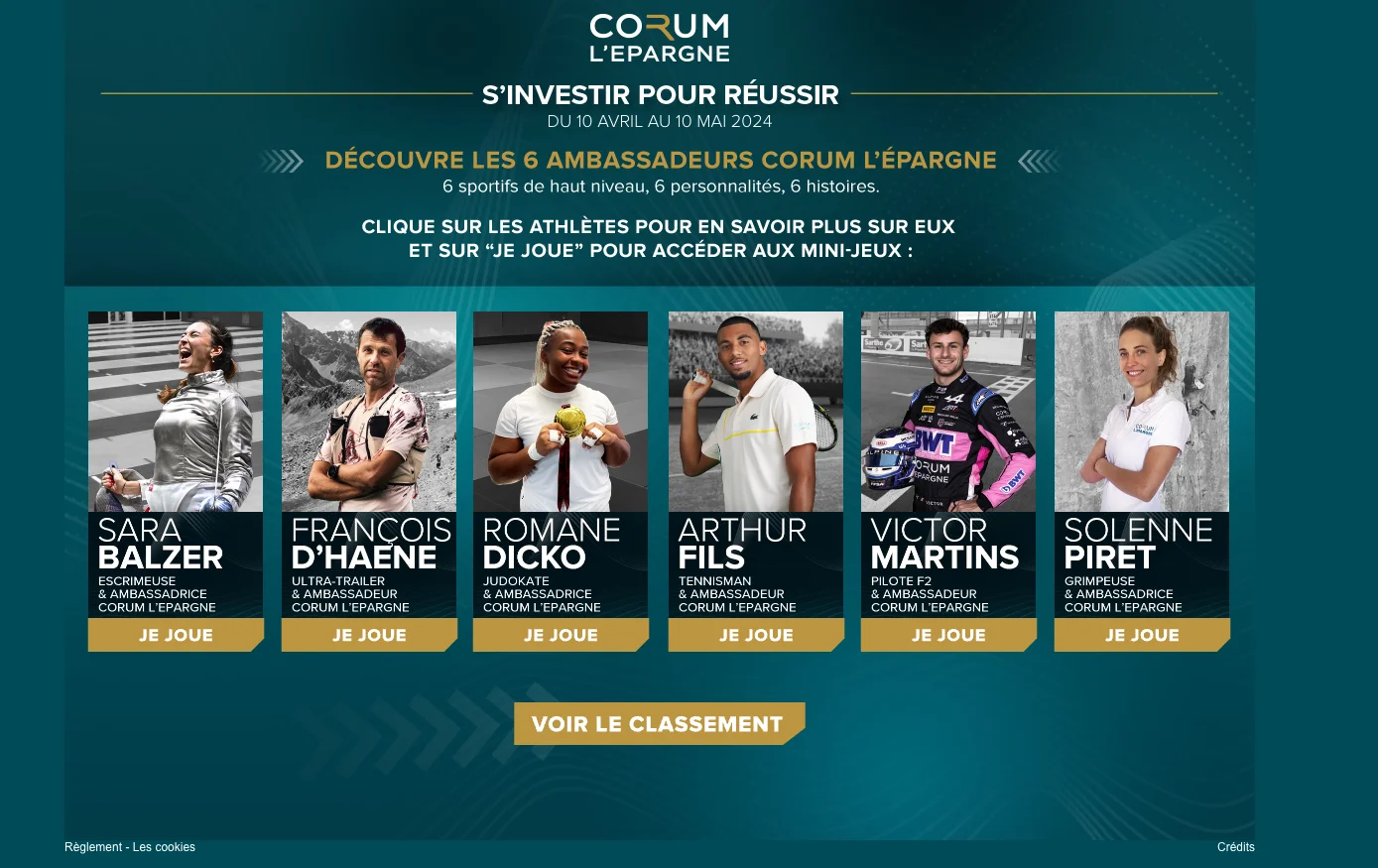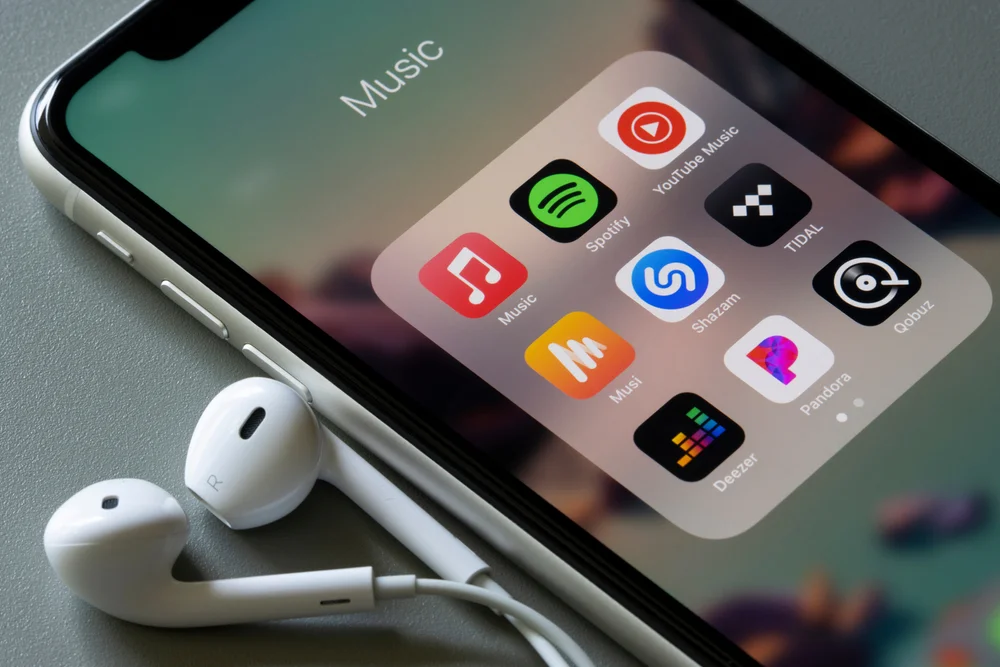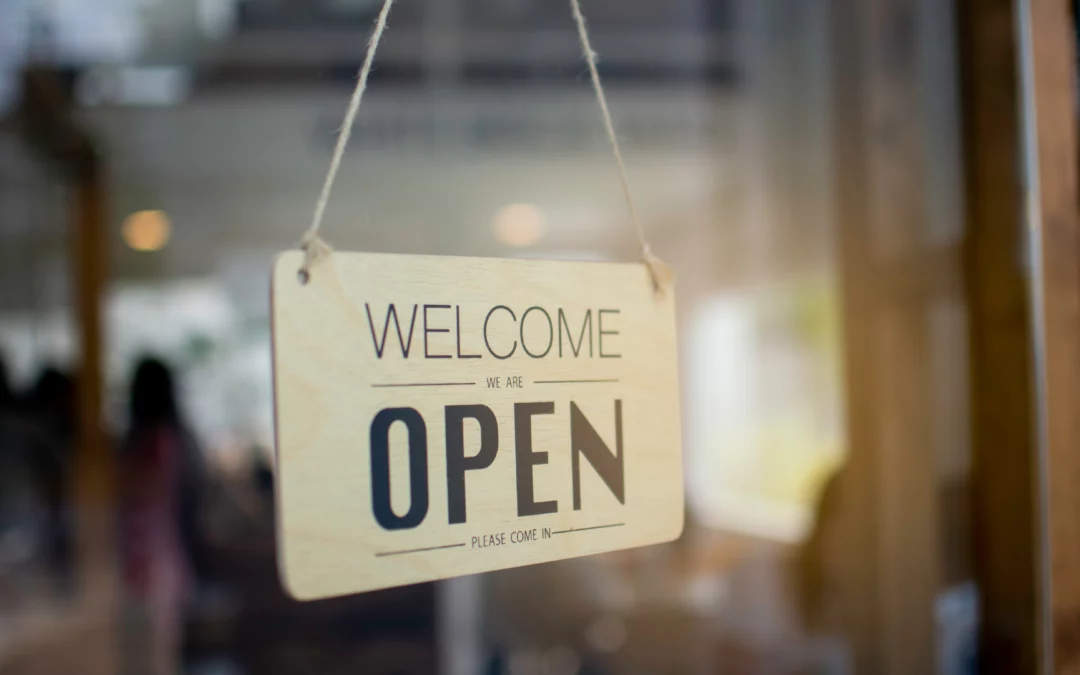
Store opening: attracting and engaging with gamification
The opening of your shop is a unique moment in the life of a brand.. Qu’il s’agisse de son premier point de vente physique ou d’une boutique dans une nouvelle ville/pays, cela représente non seulement un énorme investissement, mais aussi beaucoup de travail.
In a context where consumers are increasingly making their purchases online, brands need to redouble their creativity to attract them to the shop. This is especially true in the case of a shop opening, as shoppers are not yet familiar with the new address.
Preparing to open a store is not something to be taken lightly. On the contrary, it’s an event that you need to prepare for and plan your speeches carefully to attract maximum traffic to your shops.
In this article, we share with you some practical advice and strategies for successfully opening a physical point of sale. In particular, we’ll be looking at gamification, i.e. incorporating playable elements into your communication materials or during the inauguration to boost the appeal of the launch for the audience!
The challenges of a store opening
The inauguration of a new shop represents a considerable investment for a brand. While retail allows you to create a special bond with your customers, it also means a significant budget (whether for the purchase of the doorstep, rent, furnishings, staff, etc.)
The first challenge of a store opening is therefore to boost its visibility with the brand’s customers , but also of its target audience. And this in a territory that is sometimes different from its online clientele. As with a traditional drive-to-store strategy, the first objective is to ensure that the point of sale is well known to its target audience and to attract as many potential customers as possible to the site.
But the inauguration of a store also presents specific challenges. It’s an opportunity for the company to boost its image by organising a unique event, during which prospects and customers can interact personally with the teams. The opening must also effectively engage the target audience and build loyalty so that they not only want to make a purchase, but also want to come back.
The company can also take advantage of this opportunity to gather feedback and thus get to know their audience better (with whom they have sometimes only interacted online). By offering tools for collecting opinions and preferences, the company can then better reactivate its customers by offering them personalised content and offers that are more likely to engage them!
How to gamify a store opening
Traditionally, gamification is a highly effective lever for boosting a brand’s drive to store strategy. By incorporating playable elements into their campaigns, companies can more easily capture the attention of their audience, encouraging them to visit their shops and encourage them to make purchases.
Gamification is therefore an interesting tool to mobilise as part of a shop opening. The interactivity and promise of attractive rewards are two powerful assets to encourage consumers to come to the inauguration (potentially accompanied by other potential customers) and to create a strong connection with the brand.
Here are 3 ways to gamify your shop opening
1. Create media hype around your online store opening
Digital marketing is a powerful tool for extending the reach of your message and attracting a wider audience. Particularly if it is used creatively and strategically, notably through gamification. On social networks, brands can capture the interest of their audience and create a buzz around the opening of their shop by organising an online competition. An instant win, such as a Wheel of Fortune for example, can be used to give away discount vouchers that can only be used on the day of the opening.
It’s also much easier to make the most of consumer expectations with gamification. This is known as teasing, or the art of gradually revealing clues in order to capture and maintain the attention of your audience. The brand can imagine a digital treasure hunt through which its community can gradually guess the location of its future shop.
Gamification also enhances the effectiveness of other web marketing strategies for creating media hype around your event. This is particularly the case with influencer marketing. The brand teams up with a content creator to communicate about the opening and encourage consumers to attend (to meet the influencer in the flesh, for example). It can gamify its campaign by offering additional rewards (such as an in-store personal shopping session, vouchers, backstage access with the designer, etc.).
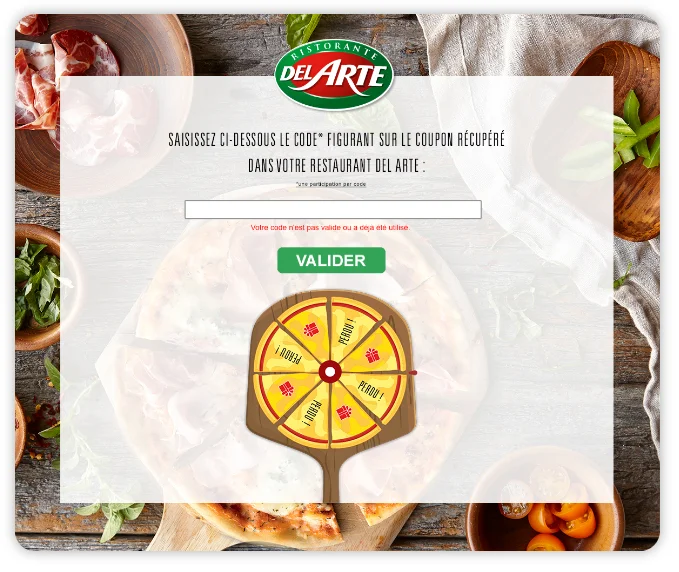
2. Gamify your store opening to better engage and convert consumers
Once on site, gamification can enable the company to liven up the opening of its shop and effectively engage visitors. To make the event more interactive, for example, it can install digital terminals where customers can take part in marketing games. These activities make the inauguration more dynamic and bring customers back into the shop, increasing the amount of time spent with the brand.
It’s also a highly effective way of converting more customers. Marketing games are a good way of distributing coupons that encourage purchases by offering participants attractive discounts.
Interactive games can also be used to highlight products by presenting them (and their competitive advantages) in an original and fun way. In this way, the brand can offer Quizzes to make it easier to discover its catalog and better communicate its value proposition.
3. Collecting and exploiting customer feedback to boost loyalty
Finally, marketing games offered at shop openings are a very effective way of collecting customer feedback and data. Before being able to access a marketing game (on an interactive terminal or after scanning a QR code on a label via Scan&Play, for example), the customer will have to fill in a form. This enables the brand to find out not only about the customer’s demographic profile (and better identify its audience), but also to ask them about their product preferences.
This data will enable them to create drive-to-store and conversion campaigns (online and physical) that are more personalised and therefore more effective. This is an essential step in building customer loyalty and ensuring stable, long-term revenues for your shop.
Conclusion
Gamification is a powerful lever for boosting traffic at shop openings. It can also be used to generate more sales and build loyalty among retail customers. To make your inauguration more interactive and engaging, discover our marketing games that are easy to deploy in-store.


